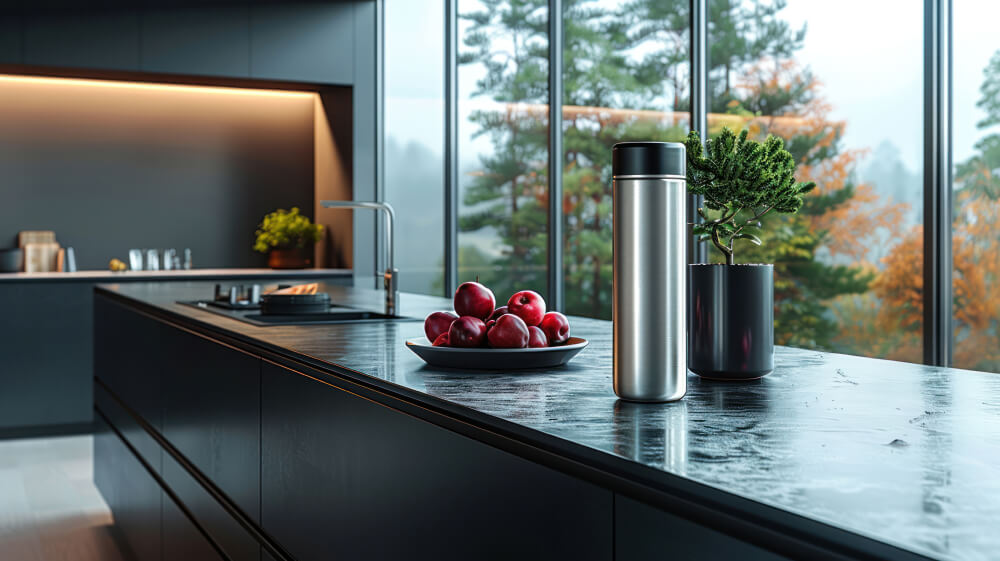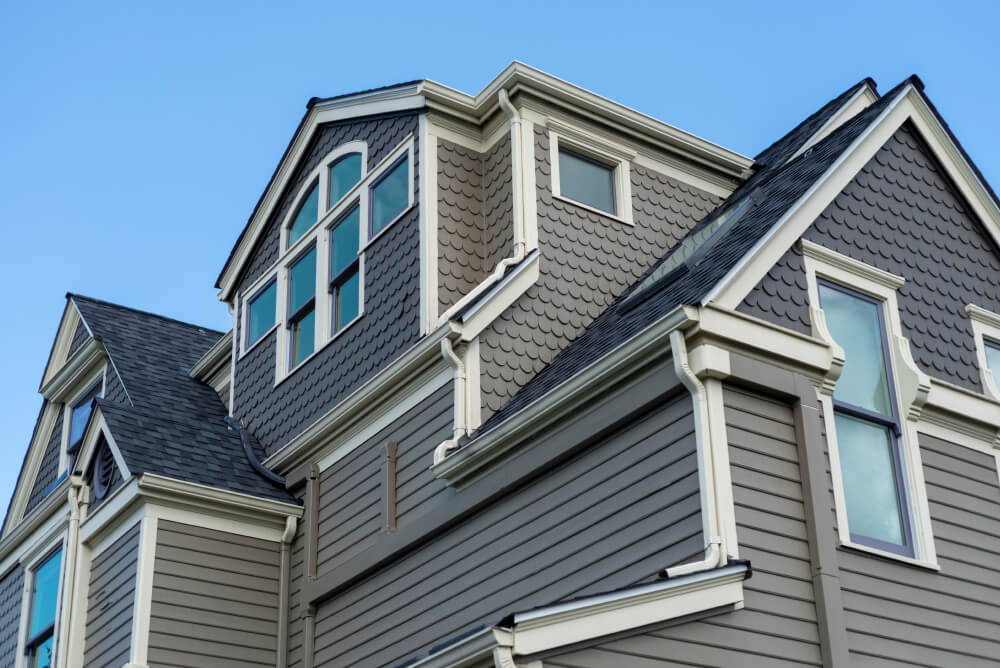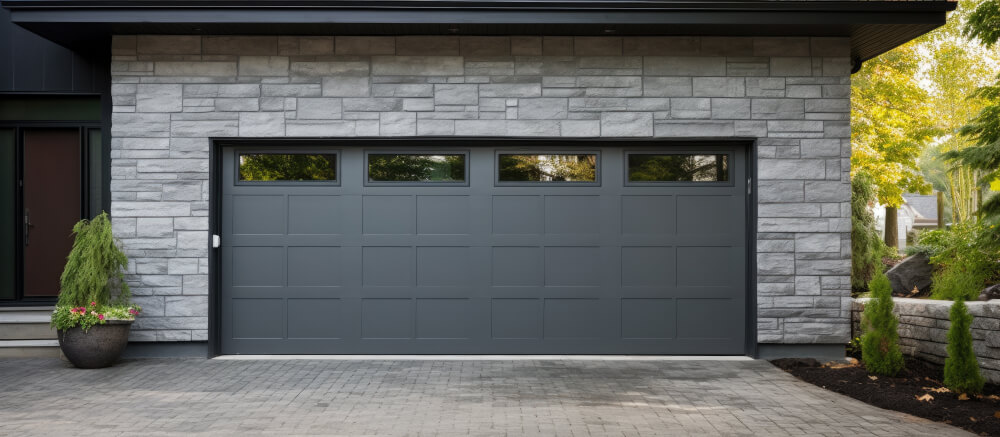1. Central Air Systems
Overview Central air conditioning systems use a network of ducts to distribute cooled air throughout the home. These systems typically include an outdoor compressor/condenser unit and an indoor air handler connected to the ductwork.
Benefits
- Whole-House Cooling: Efficiently cools the entire home, providing even temperature distribution.
- Aesthetic Appeal: Ductwork is hidden within walls, ceilings, and floors, preserving the home’s aesthetic.
- Air Quality: Central systems often include air filtration, improving indoor air quality by removing dust, pollen, and other allergens.
- Integration: Can be integrated with heating systems, such as furnaces, for combined heating and cooling.
Drawbacks
- Installation Cost: High initial cost due to the complexity of installing ductwork and equipment.
- Energy Loss: Ducts can lose energy through leaks and poor insulation, reducing overall efficiency.
- Space Requirements: Requires space for ductwork, which can be challenging in older homes or homes without existing ducts.
- Maintenance: Regular maintenance is needed to keep ducts clean and the system running efficiently.
Costs
Price Range: $3,000 to $7,000 for installation, depending on the size of the home and complexity of the ductwork.
Join HICP Homeowner’s Alliance
Connect with experts, get special discounts and enjoy member benefits
2. Ductless Mini-Splits
Overview Ductless mini-split systems consist of an outdoor compressor/condenser unit and one or more indoor air handling units. Each indoor unit is connected to the outdoor unit by a conduit, which houses the power cable, refrigerant tubing, suction tubing, and a condensate drain.
Benefits
- Flexibility: Allows for zone-specific cooling, providing individual temperature control in different areas or rooms.
- Energy Efficiency: Eliminates energy losses associated with ductwork, often leading to lower energy bills.
- Ease of Installation: Easier and less invasive to install compared to central air systems, especially in homes without existing ducts.
- Aesthetic Flexibility: Indoor units come in various styles, including wall-mounted, ceiling-mounted, and floor-standing models.
Drawbacks
- Initial Cost: Higher upfront cost per unit compared to central air systems, especially for multi-zone installations.
- Aesthetic Impact: Indoor units are visible and can affect the room’s aesthetics.
- Limited Coverage: May require multiple units to cover larger homes, which can increase the overall cost.
- Maintenance: Each indoor unit requires regular maintenance, such as filter cleaning and servicing.
Costs
Price Range: $2,000 to $5,000 per indoor unit installed, depending on the system’s size and complexity.
Comparison Overview
Energy Efficiency
- Central Air: May lose efficiency due to ductwork leaks and poor insulation. SEER (Seasonal Energy Efficiency Ratio) ratings typically range from 13 to 21.
- Ductless Mini-Splits: More energy-efficient due to the absence of ducts. SEER ratings can exceed 30, making them highly efficient.
Installation and Maintenance
- Central Air: Requires extensive ductwork, leading to higher installation costs and longer installation times. Regular maintenance of ducts and system components is necessary.
- Ductless Mini-Splits: Easier and faster to install with less disruption. Requires regular maintenance of each indoor unit.
Aesthetic and Space Considerations
- Central Air: Ductwork is hidden, preserving the home’s aesthetics. However, it requires significant space for installation.
- Ductless Mini-Splits: Indoor units are visible and may affect room aesthetics. Requires minimal space for installation.
Cost Considerations
- Central Air: Higher initial installation cost, especially for homes without existing ductwork. Long-term energy costs can be higher due to duct losses.
- Ductless Mini-Splits: Higher upfront cost per unit but potentially lower energy bills due to higher efficiency. Cost-effective for zone-specific cooling.
Comfort and Control
- Central Air: Provides uniform cooling throughout the home. Limited control over individual room temperatures unless using advanced zoning systems.
- Ductless Mini-Splits: Offers precise control over individual room temperatures, allowing for personalized comfort in different areas.
Conclusion
Choosing between central air and ductless mini-split systems depends on your specific needs, budget, and home characteristics. Central air systems are ideal for whole-house cooling, especially if your home already has ductwork. They offer a seamless, hidden installation and integrated air quality benefits but can be less energy-efficient and more expensive to install and maintain.
Ductless mini-splits provide flexible, energy-efficient, and easy-to-install solutions for zone-specific cooling. They are perfect for homes without existing ductwork or for adding air conditioning to specific areas. However, they may require multiple units for larger homes, increasing the initial cost.
Consider factors such as energy efficiency, installation complexity, aesthetics, and cost when choosing the best HVAC system for your home. Consulting with a professional HVAC contractor can also help you determine the most suitable option for your specific needs and ensure proper installation and maintenance.




















